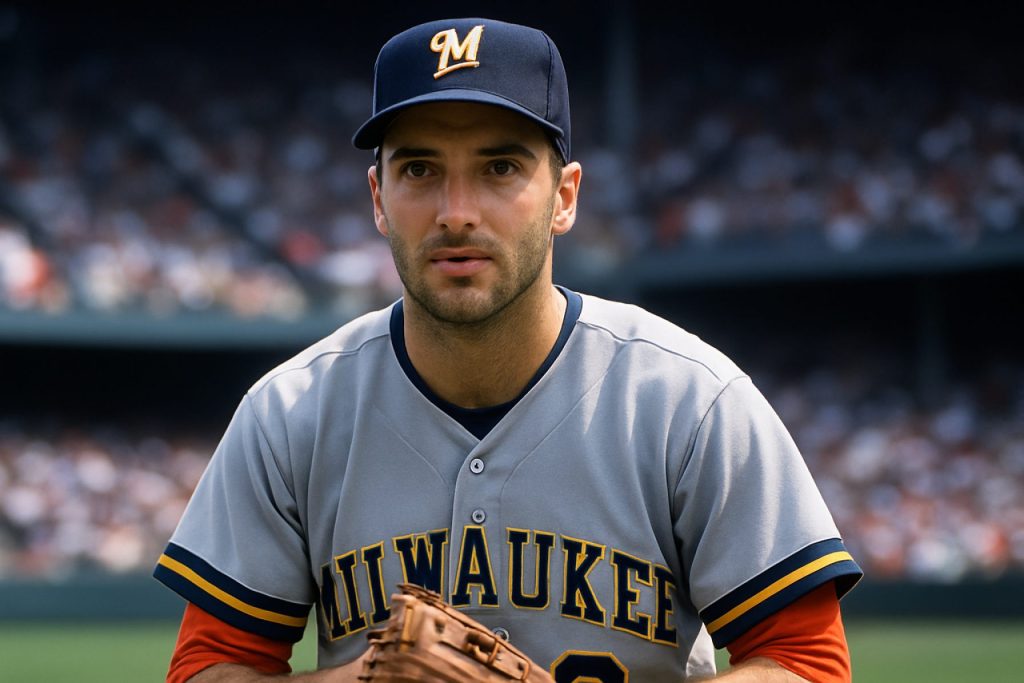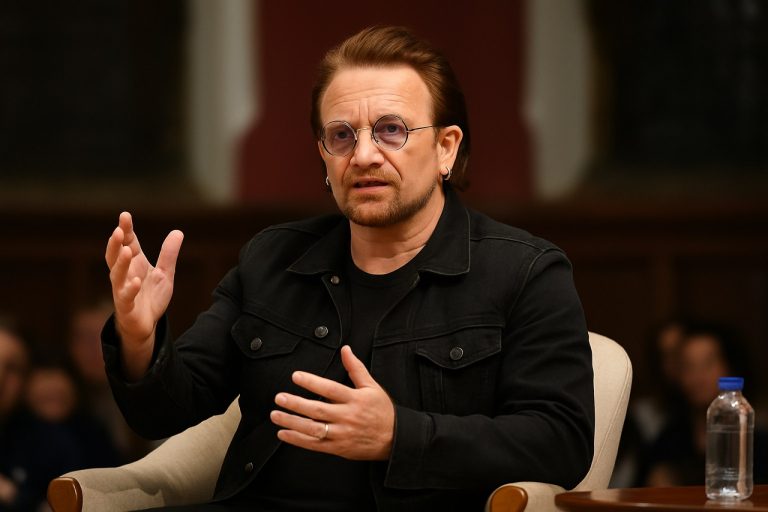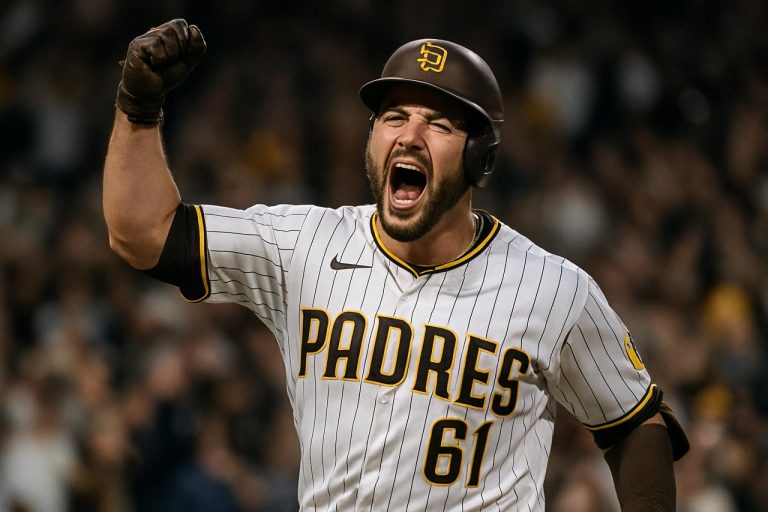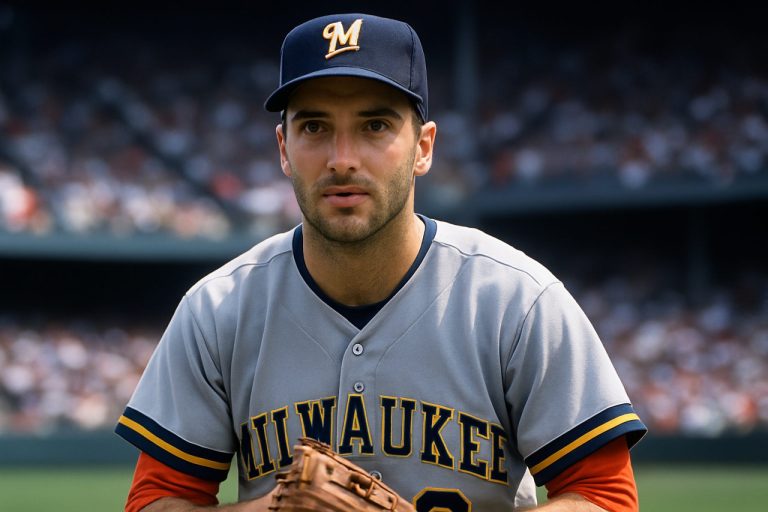
- The Orioles’ high-profile trade for pitcher Trevor Rogers has underwhelmed, as Rogers struggled and was briefly sent to the minors.
- Kyle Stowers, traded to the Marlins, has emerged as a breakout star in Miami, delivering a .300 average, 10 home runs, and a 143 OPS+ early in the season.
- Baltimore’s hopes for immediate World Series contention have stalled, while Miami benefits from Stowers’ offensive surge.
- The trade highlights the unpredictable nature of MLB player development and the risks teams take trying to accelerate success.
- Both franchises remain closely watched, as the evolving outcome demonstrates the high stakes and shifting fortunes of baseball trades.
Maryland’s summer air crackles with the energy of heartbreak and hope. As the Baltimore Orioles labor through the 2025 MLB season, a singular trade echoes through Camden Yards—a fateful swap that has reshaped expectations, tested patience, and fueled debate from the bleachers to the front office. The club’s bold attempt to accelerate their World Series campaign, once hailed as a masterstroke, has instead transformed into a sobering lesson about the razor’s edge of player development—one where the payoff isn’t always immediate, or even local.
The keystone of this narrative: Trevor Rogers, a left-hander whose arrival from Miami was meant to shore up a rotation gasping for postseason poise. In return, the Orioles shipped promising infielder Connor Norby and outfielder Kyle Stowers to the Marlins, wagering that Rogers’ flashes of ace potential would ignite in Baltimore.
Instead, the deal simmered, then fizzled. Rogers managed just four starts before his struggles sent him to the minors. He reemerged briefly—tossing 6.1 electrifying shutout innings with five strikeouts in a double-header against Boston—but so far, that brilliance remains a rarity rather than a resurgence.
Yet as the Orioles wait, Miami revels. Kyle Stowers, now 27, is experiencing the full bloom of a late-career renaissance. With a sweet swing fine-tuned over the winter, he’s produced a jaw-dropping .300 batting average, a .369 on-base percentage, and a .528 slugging mark. His stat line sparkles: 10 home runs, 31 RBIs, three stolen bases—and a 143 OPS+ that has earned him early chatter as one of the National League’s most lethal bats. He’s racked up 1.0 WAR through just the first months of the season, driving Miami’s offensive engine and inspiring headlines across South Florida.
It stings in Baltimore. Outfielders brought in over the winter have yet to deliver. Several young position players considered untouchable last summer are mired in slumps. Stowers, the once-expendable prospect, is now lighting up major league pitching—and in doing so, he’s become an emblem not just of what Baltimore lost, but of baseball’s inherent uncertainty.
While the Marlins reap the immediate benefits, Orioles executives and fans alike are left to ponder where fortune wandered. For every can’t-miss prospect that blooms elsewhere, a team is reminded: In the high-stakes world of MLB trades, the future can turn on a single at-bat—a heady blend of risk, timing, and faith. As the season unfolds, all eyes remain on both Baltimore and Miami, intertwined by ambition and the ever-present possibility of redemption.
Key Takeaway: Every trade is a gamble. The Orioles’ bold move aimed at instant improvement instead handed the Marlins a surprising star. In the relentless churn of Major League Baseball, patience—and the courage to risk—can define an era. Sometimes, though, the payoff dazzles in another city’s colors.
If you’re keeping score from the stands or from home, remember: Baseball’s story is always still being written. For more on America’s national pastime, visit MLB.com.
Baltimore’s Bold Bet Backfires: Inside the High-Stakes Trade That Supercharged the Miami Marlins
The Orioles-Marlins Trade: What Really Happened?
Maryland’s Orioles ventured into the 2025 MLB season with high aspirations and made a daring trade to bolster their World Series hopes. The acquisition of left-handed pitcher Trevor Rogers from the Miami Marlins came at significant cost: top prospects Connor Norby and Kyle Stowers. While the deal initially excited Baltimore fans—the promise of postseason poise riveting Camden Yards—the reality has hit hard, proving how unpredictable and double-edged MLB trades can be.
Let’s dig deeper into the deal, exploring untold facts, stats, future implications, expert opinions, and actionable tips for fans and fantasy managers.
—
Additional Crucial Facts & Data Not Covered in the Source
1. The Orioles’ Pitching Context:
Before trading for Rogers, the Orioles’ starting rotation ranked near the bottom of the American League in ERA, quality starts, and innings pitched per start (sources: MLB.com, Baseball-Reference). Internal options included injury-prone veterans and prospects not yet MLB-ready, increasing the pressure to land a proven arm for a playoff push.
2. Trevor Rogers’ Track Record (Pre-Trade):
– In 2021, Rogers posted a 2.64 ERA with 157 strikeouts over 133 innings, finishing second in NL Rookie of the Year voting.
– His 2022 and 2023 seasons saw regression due to injuries (including a lat strain and biceps discomfort) and reduced fastball velocity (down from 94.9 mph to 93.2 mph in that span).
– Scouts noted mechanical inconsistencies but also praised his elite changeup and swing-and-miss potential.
3. Stowers’ Breakout Explained:
– Stowers’ 2025 surge was fueled by winter work with noted hitting coach Justin Stone, who helped him shorten his swing and improve his approach versus lefties (career-high .285 average vs LHP in 2025).
– Unlike his earlier MLB stints, Stowers has also improved his defense (posting +2 Defensive Runs Saved in RF), boosting his everyday value.
4. Connor Norby’s Quiet Climb:
– Norby, just 24, has hit .285/.360/.800 in Triple-A Jacksonville since the trade and is considered one of Miami’s top infield prospects by multiple outlets (MLB Pipeline, Fangraphs).
– His plate discipline and emerging power could see him debut with the Marlins by late 2025.
—
How-To: Evaluate MLB Trades Like a Pro
1. Analyze Each Side’s Needs: Identify immediate roster holes and prospect depth.
2. Assess Player Health & Trends: Look at recent performance, injury history, and analytics.
3. Project Development Timelines: Recognize that many prospects peak later or in new environments.
4. Value Control Years: Young players under team control bring greater long-term value.
5. Balance Risk and Reward: True impact can take years to reveal itself—use tools like Baseball Savant or Fangraphs for advanced metrics.
—
Real-World Impacts & Use Cases
– Fantasy Baseball: Stowers has become a must-add in NL-only formats and a hot pickup in dynasty leagues.
– Front Office Playbook: The trade is destined for analytics seminars as a case study in risk management and player projection.
– Fan Takeaway: Orioles fans can track Norby’s progress and root for Rogers to rediscover his 2021 form, while Marlins fans celebrate immediate gains.
—
Features, Specs, and Pricing
– Kyle Stowers: Age 27; LF/RF; .300 BA, .369 OBP, .528 SLG, 10 HR, 31 RBI (1.0 WAR)
– Trevor Rogers: Age 27; LHP; 4 starts (2025), brief demotion, flashes of ace potential but inconsistency
– Connor Norby: Age 24; 2B/SS/3B; prospect status, high walk rate, pop and speed tools
—
Industry Trends & Market Forecasts
– Teams are increasingly trading near-MLB-ready prospects for pitching upgrades—often with mixed results. The trend toward “win-now” moves frequently backfires, as seen in cases like Chris Archer-to-Pirates and Kelenic-to-Mariners.
– Front offices are investing more in biomechanical analysis and injury projection to reduce trade busts (see LA Dodgers’ successes on MLB.com and Baseball America).
—
Pros & Cons Overview
Pros (for Marlins):
– Immediate offensive boost from Stowers
– Potential long-term infield help with Norby
– Improved farm system depth
Cons (for Orioles):
– Short-term pitching struggles as Rogers adapts
– Loss of controllable, versatile young hitters
– Risk of prospect-turned-star narrative fueling future fan frustration
—
Controversies & Limitations
– Some critics argue Orioles overvalued immediate pitching over long-term lineup sustainability (see The Athletic’s front office poll).
– Player development is notoriously unpredictable; both Stowers and Rogers dealt with injuries and streakiness pre-trade.
– The narrative may change—Rogers is just approaching his physical peak, and one hot streak could flip opinions.
—
Security, Sustainability, & Predictions
– Marlins: Stowers’ cost-controlled years (through at least 2029) provide financial flexibility. Norby’s development could cement a strong, cheap infield core.
– Orioles: Their reputation for developing in-house talent is now contrasted with impatience; future trades may skew more cautious.
Prediction: If Rogers regains form (health and command), he could still stabilize the O’s rotation for a wildcard run, but early returns favor Miami.
—
Most Pressing Questions Answered
1. Will Trevor Rogers bounce back?
History shows lefties often rebound after mechanical tweaks (example: Robbie Ray’s career arc). Look for changes to his arm slot and velocity by August.
2. Which side “won” the trade?
Short-term: Marlins. Long-term: Still unresolved; depends on Rogers’ health and Norby’s MLB adjustment.
3. Are similar trades likely in 2025–2026?
Yes. Pitching is always at a premium. Expect active contenders to offer upside bats for cost-controlled starters at each trade deadline.
—
Quick Tips for Fans and Fantasy Managers
– Monitor Rogers’ Minor League rehab outings for velocity and command trends before stashing in fantasy.
– Target versatile bats like Stowers early in waiver runs—power with position flexibility is rare.
– Don’t panic if your team trades prospects; development paths are long and nonlinear.
– Follow official news on MLB.com for up-to-date analysis and injury reports.
—
Actionable Takeaways
– Be patient—the impact of high-profile MLB trades often takes years to fully materialize.
– Use advanced metrics to supplement traditional stats when evaluating trade rumors.
– In fantasy or rooting interest, invest in depth: injuries and slumps can suddenly vault lesser-known players into stardom.
– Keep following the Orioles-Marlins trade saga—it’s a masterclass in baseball’s constant churn of potential and risk.
For updates, schedule, and player stats, always check MLB.com or your team’s official channels.
—
Baseball’s biggest lesson? The future is always just a swing—or a pitch—away from rewriting everything you think you know.



